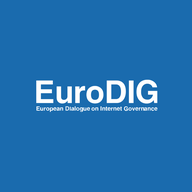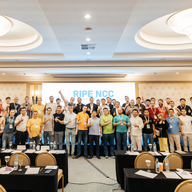
EuroDIG 2021 Live Blog
• 14 min read
The 13th edition of EuroDIG, the pan-European Internet governance event, is taking place from 28-30 June 2021 online. You can expect sessions debating ways to improve the environmental impact of ICT, discussions on recent regulatory proposals such as the NIS 2 Directive, DSA and DMA, talks on conte…



















“Deliberate change requires setting goals, working towards them and checking progress. So what diversity goals should we set ourselves. In gender diversity the popular/simplistic goal has been to reflect world population: classical 50/50 or contemporary with more categories. Shane also voices this in the podcast. But is this the right benchmark? Shouldn't we set goals based on the diversity of groups that are closer to our community? I have seen some organisations setting diversity goals based on current ratios: "We will double the percentage of female graduates in five years time." Others base their goals on statistics of a larger population they serve: "We will have double the percentage of female graduates compared with the average of similar programs in Europe." I strongly believe we should set ourselves realistic goals. I also believe that diversity has other parameters than gender and that our efforts on gender diversity should not lead to a loss of other diversity we have already achieved.”
Hi Daniel. I agree that we should set goals. Among CS graduates, women make up roughly 35% in the RIPE NCC's service region (there is huge variation country to country), while among IT professionals the figure drops to 25%. Shane shows that at RIPE meetings women are about 17%. So I think there is room for improvement and a more realistic target would be 30% among participants, and 25% among speakers (as opposed to 50/50).
Showing 1 comment(s)